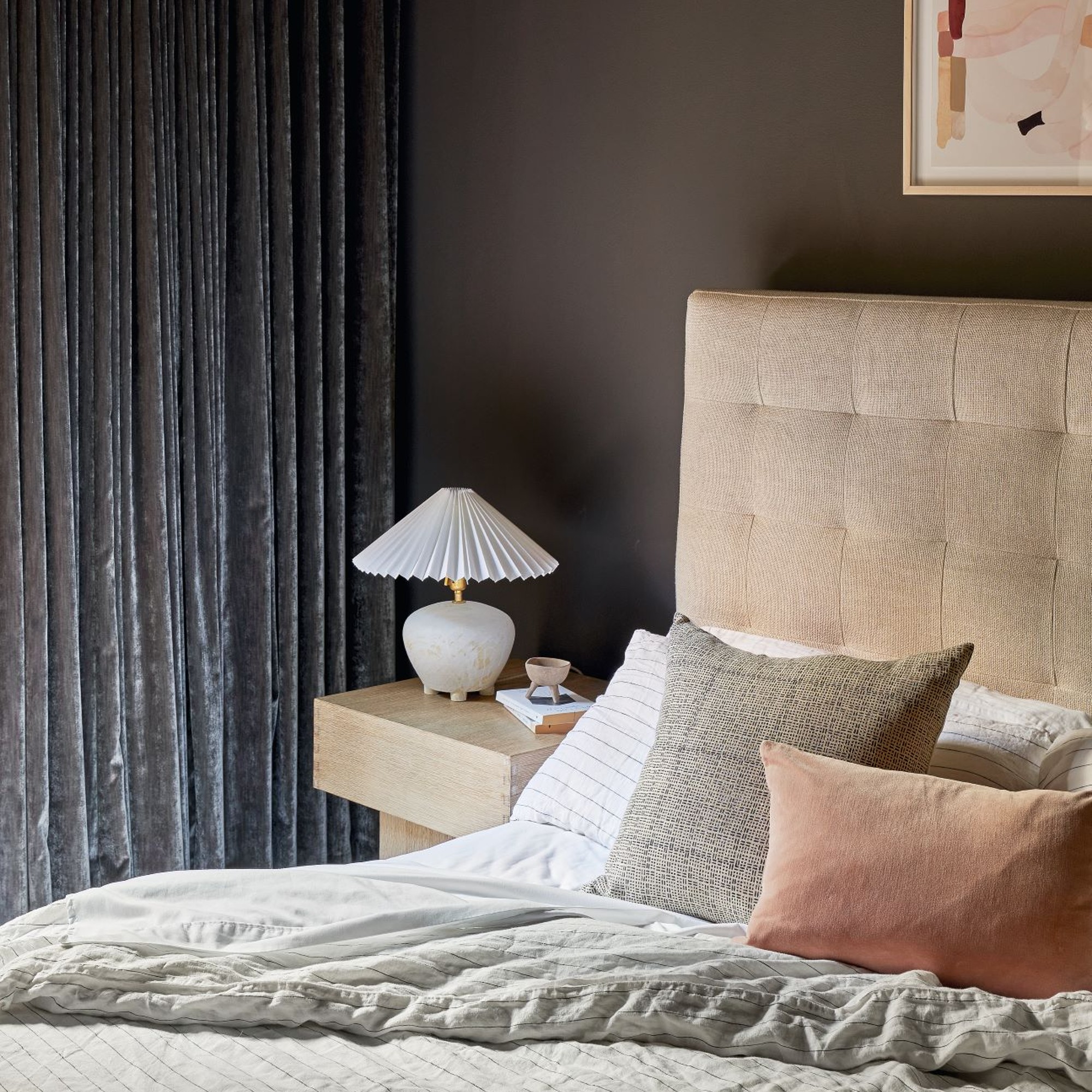Is there fibreglass in UK mattresses? Everything you need to know
Several US social media users recently discovered that their mattresses contained fibreglass, but do we need to be concerned in the UK? We asked the experts

Jullia Joson

Not so long ago, a few individuals shared the discovery that their mattresses contained fibreglass on their social media platforms. Naturally, this caused concern amongst many of us over the health impacts of our bedding.
After all, when we invest in the best mattress our budget allows, we don't expect it to contain anything that could be hazardous to our health.
Some TikTok users even went to the extreme of cutting into their mattresses to see what was lurking within.
Judging by social media, this seemed to be largely a US phenomenon, but should we be worried about there being fibreglass in UK mattresses too? We asked several mattress and bedding experts for their advice.

Why do some mattresses use fibreglass and what for?
As Adam Black, co-founder of mattress brand Button & Sprung explains, 'fibreglass is used in some mattresses as a cheap fire retardant. And yes, this is the same horrible irritant-inducing fibreglass that you most commonly see used as home wall insulation!'.
'Mattresses in all countries have to conform to regulations in regard to fire safety (the rule that mattresses must melt rather than go up in flames in the event of a fire)', Adam continues, 'and a lot of manufacturers in the US and wider world are drawn to fibreglass to meet this requirement. Fibreglass is a cheap material which suits the mass production commonly associated with mattress manufacture'.
Unlike Button & Sprung, which uses 100% natural mattress fillings that are free from chemicals, glue and fire retardants in its handmade mattresses, Adam says that 'companies which use fibreglass see the benefits of a cheap, malleable and durable material. However, these plastic and chemical-based mattresses are difficult to recycle and leave a nasty trace on the planet as well as our health and wellbeing over time'.
Sign up to our newsletter for style inspiration, real homes, project and garden advice and shopping know-how

Similarly, Jonathon Warren, director at bedding retailer Time4Sleep explains that fibreglass may be used to 'cut down on production costs as chemical additives and coatings commonly used to make memory foam mattress fire retardant can drive up prices'.
Is fibreglass in mattresses dangerous?
We can see why no one would be thrilled to unexpectedly discover a material that's commonly considered an irritant within a mattress that they're sleeping on night after night. But is it as bad for our health as it sounds?
Dorothy Chambers, sleep expert at Sleep Junkie says, 'It’s important to note that fibreglass in a mattress isn’t harmful unless it’s released from the mattress'.
If you want to find out whether your mattress contains fibreglass hidden in its core, you can check the care label or consider asking the manufacturer directly. Although, this is unlikely to be a problem if you bought your mattress in the UK, as our experts go on to explain.

Do UK mattresses have fibreglass?
Luckily, if we're based in the UK, we don't need to worry so much about fibreglass being a concern.
'It may be that to compete within the US market, mattress suppliers opt for fibreglass as a cheaper alternative to increase sales, but this doesn’t prioritise the health and safety of customers. Worry not, in the UK, production regulations are tougher than in other countries due to these health concerns' says Time4Sleep's Jonathon Warren.
'Most UK mattress suppliers use chemical additives that are added to the foam during production. These additives make the foam fire retardant and negate the need to have an extra protective inner case', Jonathon continues.
We also asked Button & Sprung's Adam Black if UK mattresses contain fibreglass, and this is what he had to say. 'No, you cannot legally use fibreglass in mattresses or mattress covers in the UK. Thankfully in the UK our regulations differ to those in the US and wider world due to our different fire retardancy regulations'.

However, Adam was keen to point out that this isn't necessarily the end of the story. 'This does shed light on the nasty things which end up in mattresses sold in the UK, and this is an issue which we are passionate to speak out about and encourage people to question'.
'In the UK the biggest problem we have is memory foam which is treated with fire retardant chemicals to ensure that the mattress ticking (the outer layer) meets regulations. As a manufacturer of purely natural mattresses we stay away from these harmful chemicals – our mattress ticking is woven in such a way that it’s naturally flame resistant, meeting UK regulations while keeping a clean, healthy and environmentally friendly sleep'.
Similarly Woolroom is another mattress manufacturer that has made the decision to ban chemical fire retardants from its production process. Instead, the Woolroom Hebridean 3000 mattress, for example, utilises wool's natural fire retardancy to meet regulations. The Hypnos Pillow Top Select mattress also opts for a natural solution, in this case using a cotton cover infused with a chemical-free treatment derived from natural extracts.
What types of mattresses don't have fibreglass
Whilst buying a mattress from a UK manufacturer should ensure that your mattress is fibreglass free, if you're also concerned about the additional chemicals used as fire retardants then a natural mattress is the way to go.
'The only way that you can be sure that you aren’t sleeping on harmful chemicals is to opt for a naturally filled mattress' says Adam. 'There is a huge issue with materials which are used in the UK in the same way that fibreglass is used elsewhere; as a cheap filler which is bad for our health'.

'Clever marketing will promote memory foam and largely plastic-based mattresses as “breathable” and “cooling” when by its inherent nature, these synthetics can’t possibly be' continues Adam. 'We can get a bit blinded by these messages rather than questioning what is going into the mattress we are buying'.
'Choose a mattress with natural fillings across all layers; don’t be sucked into a natural wool or cotton claim and then discover it has a memory foam core. It’s a bit like reading the ingredients label on food in the supermarket – if you can understand everything listed there you can be confident of a healthy choice'.
So there we go. Whilst fibreglass shouldn't be a concern in UK mattresses, if you want to sleep better at night then you may also want to consider the other materials that are going into your mattresses make-up.

Amy is Ideal Home’s Sleep Editor and the Ideal Home Certified Expert on Sleep. She's spent the last four years researching and writing about what makes for the best night’s sleep during the day and testing out sleep products to find the best-in-class by night. So far she’s clocked up over 10,000 hours of pillow, duvet, and mattress testing experience.
Our go-to for all things sleep-related, she’s slept on and under bestselling products from Simba, Emma, Hypnos, Tempur, Silentnight, Panda, and many many more.
As a hot sleeper, Amy is always on the lookout for the most breathable bedding, but she also leads a wider team of testers to ensure our product testing encompasses both hot sleepers, cold sleepers, front sleepers, back sleepers, side sleepers, and everything in-between.
- Jullia JosonJunior Writer